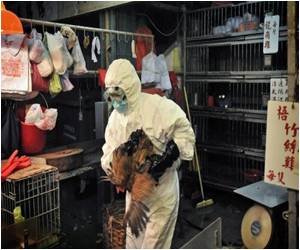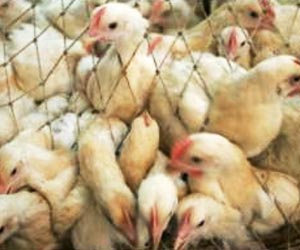
From these samples, the researchers isolated several influenza viruses and genetically sequenced those of the H7N9 subtype as well as related H7N7 and H9N2 viruses.
These sequences were compared with archived sequences of the same subtypes isolated in southern China between 2000 and 2013. The researchers compared the differences between the two sets of sequences to reconstruct how the H7N9 virus evolved through various species of birds and to determine the origin of genes.
According to their analysis, domestic ducks and chickens played distinct roles in the genesis of the H7N9 virus infecting humans today. Within ducks, and later within chickens, various strains of avian H7N9, H7N7 and H9N2 influenza exchanged genes with one another in different combinations.
The resulting H7N9 virus began causing outbreaks among chickens in live poultry markets, from which many humans became infected. Given these results, the authors write, continued surveillance of influenza viruses in birds remains essential.
The study has been published in Nature.
Advertisement











